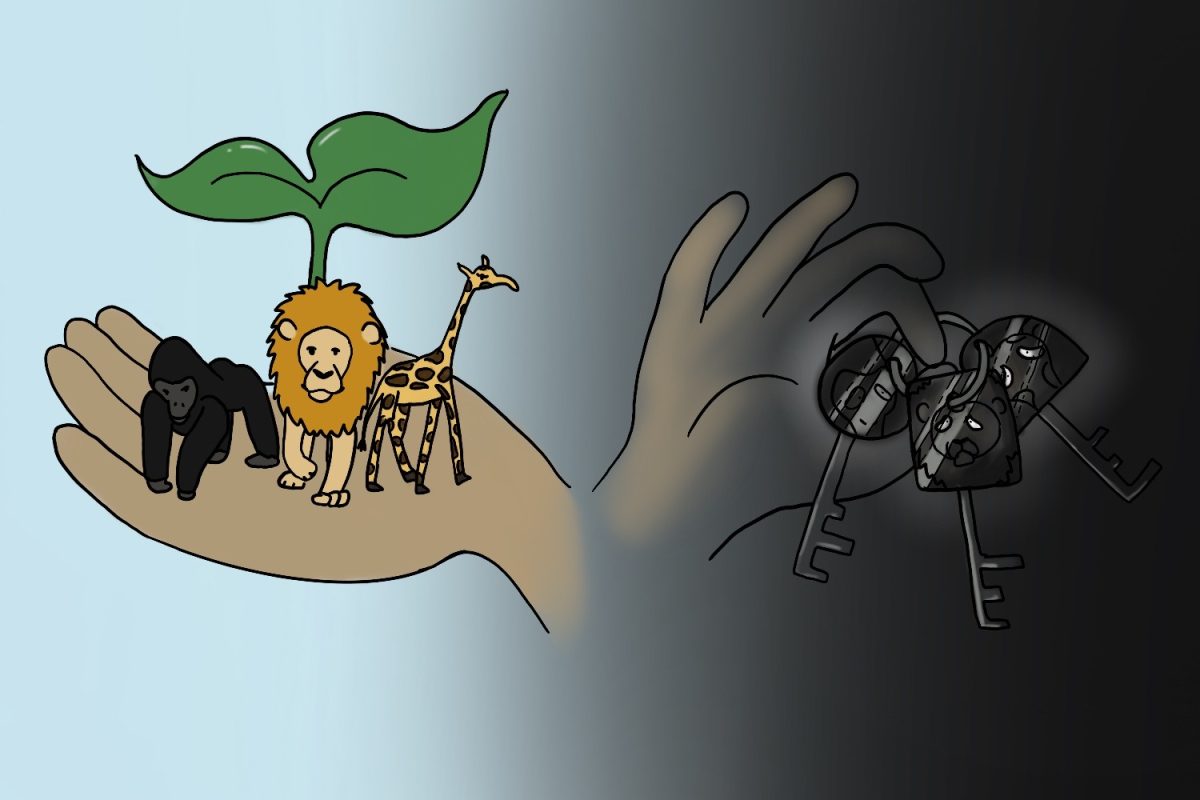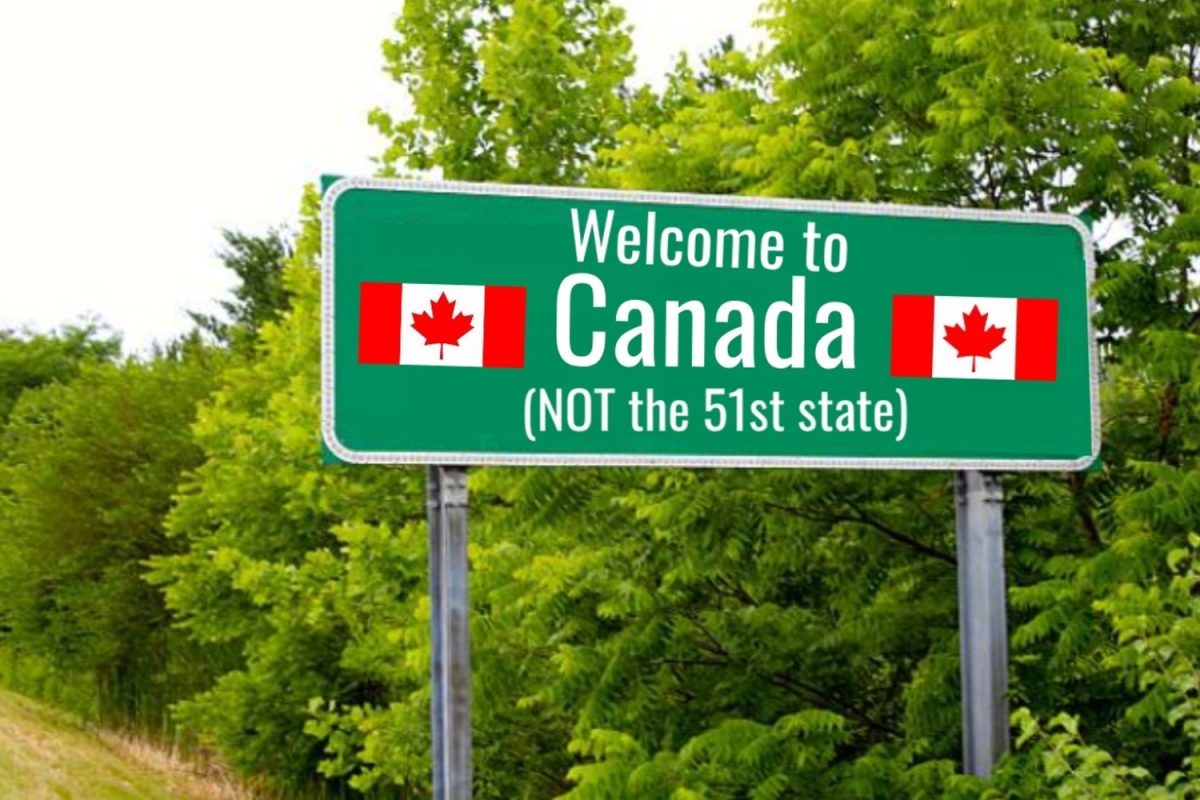Silicon Valley Bank’s (SVB) mid-March collapse is the biggest bank failure since 2008 and the 2nd largest in American history.
Making its name in the San Francisco Bay Area, SVB was well regarded among the tech businesses and startups in the area, catering mostly to venture capital firms and small companies.
While its name may not be as well known as Bank of America or Chase Bank, SVB played a significant part in Silicon Valley’s economy. SVB was a top 20 bank in terms of size and claimed on its website that “44% of U.S. venture-backed technology and healthcare IPOs bank with SVB.”
Its collapse came suddenly, as the Federal Reserve (Fed) was expected to keep interest rates steady throughout March. The Fed ended up increasing rates, however, to fight inflation by slowing down the economy.
These rates hurt the value of government bonds, which SVB was holding as an investment. SVB especially invested in long-term bonds in which the principal plus interest is guaranteed if they are held to maturity, but they are volatile in the short term.
And with the tech sector struggling and demand increasing for withdrawals, SVB was forced to sell. Because SVB’s money was held in these bonds that are depleting in value due to rising interest rates, they had to suffer a loss of $1.8 billion in the sale. The run on the bank ensued from that point due to mistrust from customers.
By serving businesses, SVB carried the risk that the majority of its deposits were uninsured. Bank deposits have guaranteed Federal Deposit Insurance Corporation (FDIC) insurance up to $250,000, and 90% of SVB’s accounts surpassed that threshold.
The FDIC did eventually fully insure deposits over $250,000 to try to stop the domino effect that was caused by SVB’s collapse. Such an aggressive move was only prompted by the critical circumstances banks found themselves in.
The run on the bank rose to the largest in US history, amounting to a historic $42 billion before regulators seized SVB. It is a catastrophe that could’ve largely been avoided if regulators stepped in to minimize SVB’s faulty investment strategies. Unfortunately, regulators’ abilities to intervene were curbed by a 2018 bipartisan bill that overturned major parts of the Dodd-Frank Act.
The initial act was passed by Congress in the aftermath of the 2008 financial crisis to regulate banks from making investments that would risk the accounts of their customers. Since then, Wall Street executives lobbied Congress to weaken the law, and in 2018, they succeeded. Banks like SVB in particular were relieved of strict oversight due to the belief that they weren’t big in size, which was a ridiculous claim made by regulators.
As a result of Congress giving in to the demands of bank executives, banks were able to run up the risk for their customers in hope of increasing their own net worth at the top of the company.
If regulators were able to intervene, it would be unlikely that SVB would funnel their deposits into long-term bonds and not hedge their interest rate risk, which would’ve offset or minimized the losses they suffered. Liquidity requirements would have stood to prevent financial shocks and forced SVB to keep sufficient capital in case there was ever a run on the bank like what happened in the past week.
What will result will be much stricter bank regulations from Congress to prevent these runs from happening again, but a collapse like SVB’s was completely avoidable.












